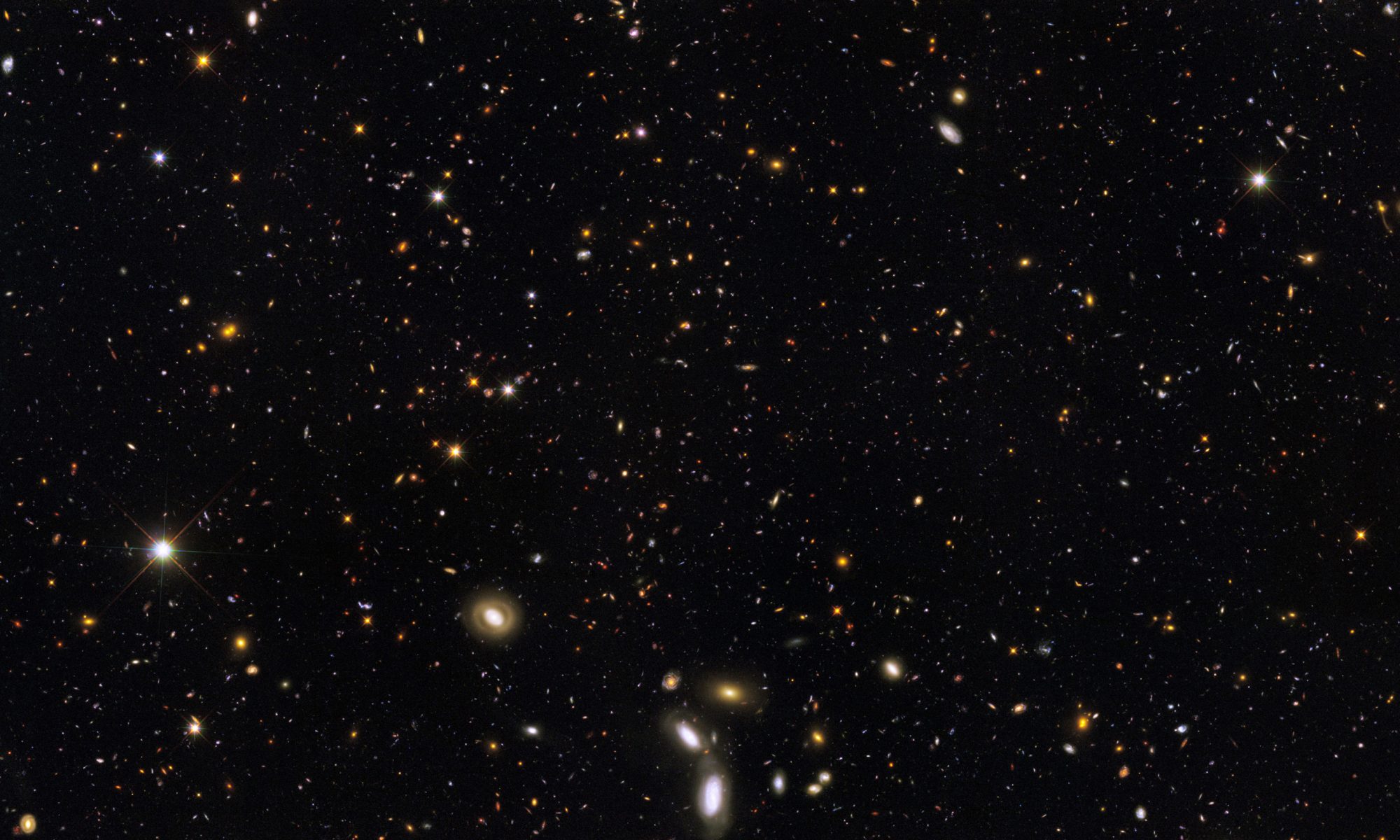How does one write poetry about grief, or heartache? Allen Ginsburg’s “Howl” and “Kaddish” might be one approach, but it is a rare poet who can operate in the verse-libre and still convey the absolute misery without devolving into melodrama. Many poets resort to form, which forces a constraint upon poems. In the case of Ashley Anna McHugh, the constraint of form has allowed her to explore loss in great detail. Continue reading “Reflection on Into These Knots”
What Makes for a Successful Literary Submission?
So many submissions come in to the literary magazine I help staff – a relatively new literary magazine – that examining the framework of a “successful submission” becomes a lesson in self-reflection. From my experience working on various literary journals, the submissions that find a way through the editorial process have similar characteristics, even though the journal, the editors, and the submissions may be vastly different. For the most part, this framework can relate across different literary journals with different scopes as well. At the broadest level, I see the framework resting upon awareness. Continue reading “What Makes for a Successful Literary Submission?”
On the Control of Movement through Image, pt. 3
In the case of longer poems, movement control through image becomes a much more involved task. John Ashbery assumes this task in his long poem, “Self-Portrait in a Convex Mirror,” which reflects on Parmigianino’s painting of the same name. While the impetus for Ashbery’s poem is ekphrastic, and he returns often to this originating source, he eschews the traditional impulse to control the movement through narrative or language. Most longer poems rely on either narrative (as in epic poems), or rhythm/rhyme constructions (as in ballads) to control their movement. Ashbery, in contrast, uses image to control the movement of his poem. Because this method is non-linear and a-logical, teasing out the movement of the poem can become difficult, as has already been shown.
Continue reading “On the Control of Movement through Image, pt. 3”
On Controlling Movement through Image, pt. 2
Pound writes in his essay “A Few Don’ts by an Imagiste” that “an image is that which presents an intellectual and emotional complex in an instant of time” (200). In the next issue of Poetry, Pound provides a succinct example with his poem “In a Station of the Metro.” Each line presents an intricate image, and to extend Pound’s imperative, creates that “emotional and intellectual complex” in the interplay between the two images:
In a Station of the Metro
The apparition of these faces in the crowd :
Petals on a wet, black bough . Continue reading “On Controlling Movement through Image, pt. 2”
Continue reading “On Controlling Movement through Image, pt. 2”
So, What’s up with Writing? pt. 1
I’ve written about why I write, and I’ve written a lot in response to the readings I’ve done for class, and now I want to write about the way in which I write. Or at least about the two major ways in which I write.
Upcoming Writing
I’ve been busy enjoying spring break and getting some things ready to send out for publication. Of course, my mind does not stop moving during this time out period, and I’ve been thinking of what comes next for the writing.
Layering Complexity and Recklessness (or, How Poems are like Cookies)
I’ve started reading Dean Young’s The Art of Recklessness, and have been thinking about loosening up the layered connections I am beginning to make in my poems. The lateral leaps it takes to pursue these layered constructions seems to align to some of the things he’s talking about in the beginning of the essay – it’s really like one long essay.
Continue reading “Layering Complexity and Recklessness (or, How Poems are like Cookies)”
Update to Writing Outside of Tone
Just a quick note that while I did not quite hit the humorous mark (although there were some humorous lines), I did manage to extend my subject matter. And I do feel as if I was able to bring my tone down to a more conversational level, which is something I have been [not pursuing] lately.
On Writing Outside of Tone
The assignment: Draft a poem outside your normal tone.
So far, I have come up with three drafts. I usually write on the more serious, exploratory side, so I’ve been trying to imbue a sense of humor, or dark humor in response to this assignment. I would love to be able to write poems like Tony Hoagland or Dean Young or Billy Collins: filled with a striking insight and humorous tone. So I’m attempting to write one.
On the Edge of Vertigo
Again, I find myself drawn to Stewart’s discussions in Poetry and the Fate of the Senses, but this time am finding it more difficult to locate a continuity between this reading and readings from Hoagland’s Real Sofistikashun or Longenbach’s The Poetic Line. Hoagland’s essays, especially, seem to want to break the connections seen in “Facing, Touch, and Vertigo,” while at the same time they are reflexive and recursive. At the same time, Hoagland points to the idea that those poems which become completely disconnected or overly aware of the connection between writer and reader, which invoke complete vertigo, are necessarily less successful.

